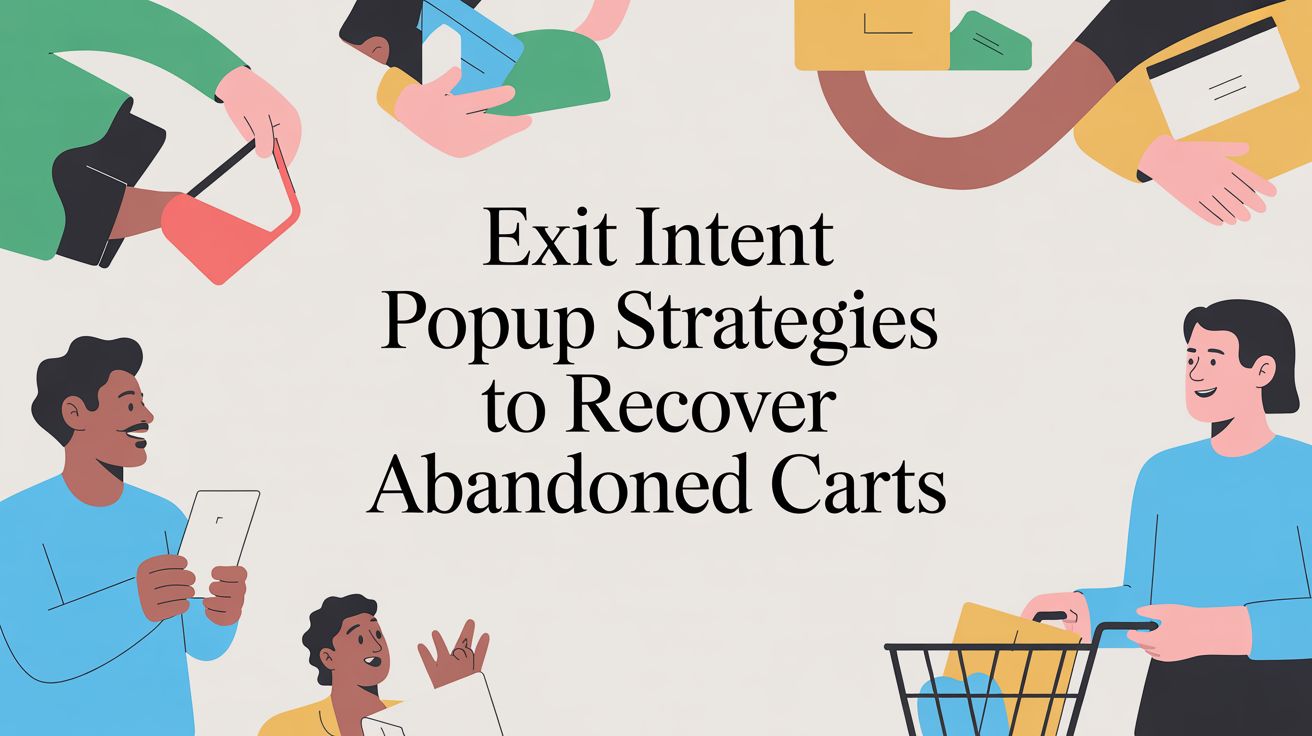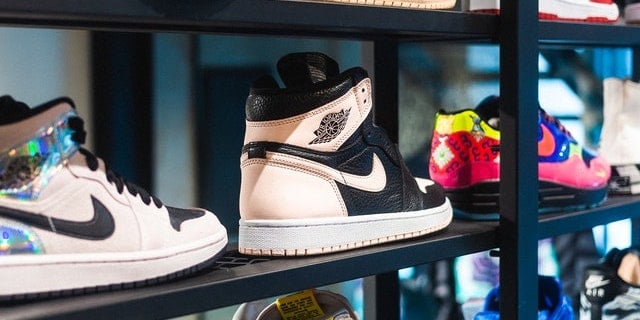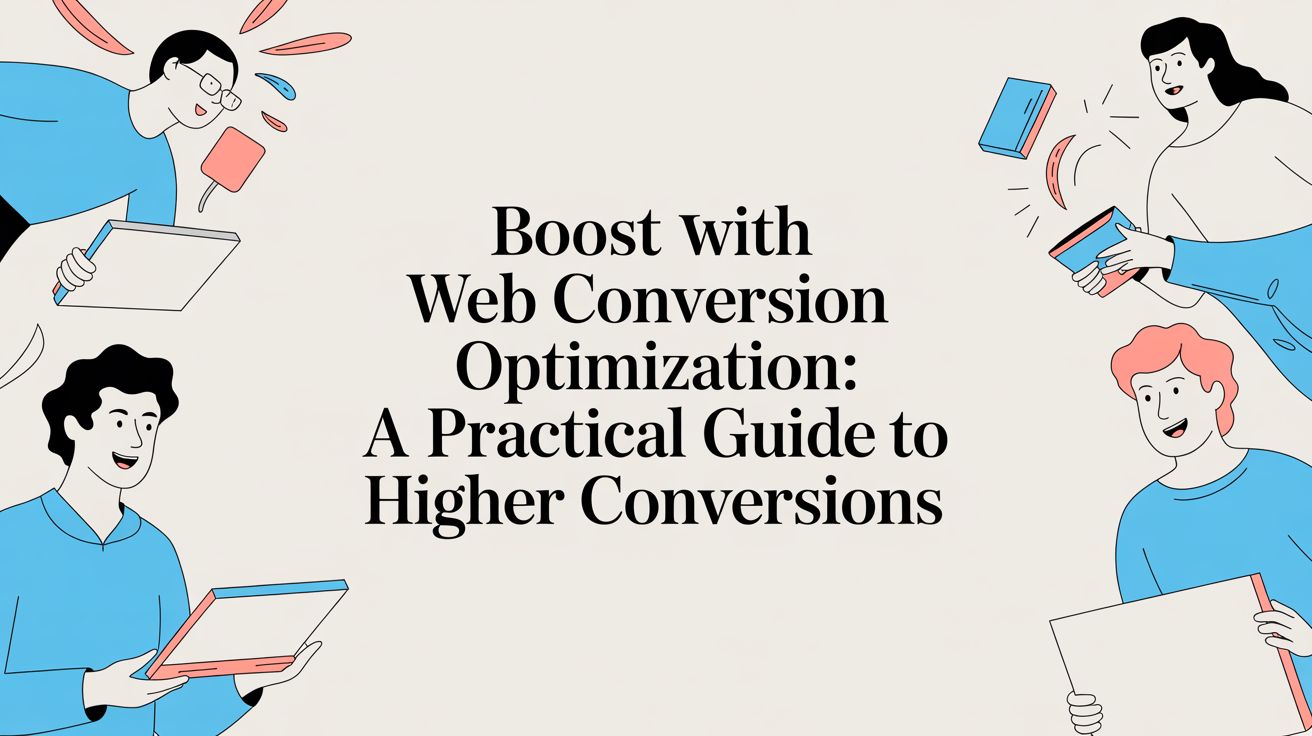
The science behind sneaker drops

Neither rain, sleet nor blazing heat could keep the most dedicated sneakerheads from getting their hands on the newest shoes. It’s a modern love story between one successful industry and their customers, and it’s all thanks to marketing psychology.
Limited-time sneaker drops are no small-time event. They’re a big deal, and they often require a certain amount of skills, time and passion from the people who are fascinated with them.
Wanting to learn more about this fan-favorite strategy, we spoke with two experts: Terrance Diggs, former social media manager with ASICS Digital and current owner of D17 Clothing, and Dr. Carolyn Mair, behavioral psychologist and author of "The Psychology of Fashion." We discussed how sneakerhead culture began, what impact this fashion has on consumer behavior, and the overall psychology behind limited-time sneaker drops.
The history of sneakers
Like many, Diggs' love for shoes started as a young athlete, watching professional basketball players style the latest Nikes. The celebrities, and the stories they were able to tell, captured Diggs.
And these endorsements had a history. Celebrity sneaker endorsements date back as far as the 1930s, growing more media attention in recent years.
One of the most notable collaborations is between Nike and retired-NBA player Michael Jordan. The deal is known to be the richest athlete endorsement in history, resulting in billions for both parties and catapulting the shoe brand to top-tee success. Adidas also gained an increased level of notoriety when '80s rap group Run-D.M.C. came out with the song "My Adidas" and regularly wore tracksuits from the company. Usain Bolt and Puma entered into a lifetime partnership deal where the track-and-athlete star can expect support from the brand throughout his athletic career and beyond.
“It’s fantastic marketing. The sneakers that people really desire, the rare ones, they’re the ones that have been promoted by or in collaboration with celebrities who those sneakerheads really admire,” Mair said.
For many shoe fanatics, this footwear is an extension of these celebrities and when they wear them, they get the opportunity to feel like a celebrity themselves.
“I have certain luxury-style shoes that I pull out every blue moon to get this sort of dopamine rush, because everyone’s going to be asking me where I got them and I get to feel like a celebrity even though these are mass-produced shoes,” said Diggs. “I think people really enjoy the two seconds where they get to feel like they’re the only one who has these shoes.”
But sneakers aren’t meant to be literal accessories for exclusion. If anything, psychology says the fascination with items like shoes today helps to bring people together and give them something to bond over.
“It’s part of how we build our social groups, our social identities, when we buy into a particular brand or sneaker,” said Mair.
To some, a sneaker is simply something meant to protect your feet from the outside elements. To others, like Diggs, the sneaker or brand you align with places you in a community of people.
“I know at the end of the day, for some it’s just glue and plastic, but for me, I fell in love with seeing how sneakers can start a conversation,” said Diggs. “You’ll meet people in the lines who have been wearing Jordan’s since ‘85 or a mom trying to get sneakers for their kid.”
Not only are sneakers an entry point into a large global community for many shoe lovers, but they're also a way for each individual to connect with the people in their surrounding areas.
“I’m from the Baltimore/DC area, and there was always an emphasis on being in style culturally. A lot of people around here wear New Balances, Under Armour…and if you had on something else you’d get made fun of,” said Diggs. “In New York they love Timberlands, but in Detroit it might be what the Bad Boy Pistons used to wear.”
Today, there tend to be three main umbrellas sneaker lovers fall into:
1. Style-individualists: Style-forward fashion lovers who use sneakers as their main accessory.
2. Sneakerheads: Those who collect shoes and know the history behind them.
3. Re-sellers: People who buy new shoes in bulk and sell them to the highest bidders online.
The existence alone of each group shows what all of this history has added up to: an industry with a lot of hype. Let's get into why.
The science of sneaker drops
Sneaker drops have had quite the evolution throughout their history. Unlike many other product releases, the collective love for shoes has resulted in hours-long lines of eager consumers camping outside of stores for days at a time. Recently, the physical wait has transferred over to digital checkout lines on shoe apps like StockX, GOAT and SNKRS, where customers can try their luck from the convenience of their own homes.
This practice has lasted largely because of its ability to create urgency in customers. Urgency usually occurs when customers experience one or more elements that inspire an immediate response.
The elements often include:
Despite many of these sought-after shoes being mass produced, they are often released on a limited-time, first-come first-served basis. These shoes may be part of a brief collaboration with celebrities, or they may only come in a limited number of colors that will only be available for the moment they’re on the market. And once they’re gone, they’re gone.
That scarcity often drives a fear of missing out, amps up anticipation, influences customers to establish a sort of cult relationship with certain drops and encourages customers to get shoes before the next person can.
Out of all the urgency marketing elements, Mair says anticipation may be the most important. It incorporates each aspect of the consumer’s journey, from learning about the product to receiving it (if they’re lucky enough to do so).
“The marketing is very clever and part of that is because of this waiting, this build-up for buying. If there wasn’t this build-up there wouldn’t be any interactions with dopamine, which is a reward agent,” said Mair. “We’re incredibly excited about the wait — far more excited than we are about the actual product once we have it.”
Those feelings of anticipation can also stir up other positive emotions in customers and when it does, you’re met with a target audience that has developed a love for a brand.
“If I got a pair of Lebrons, I’d think I could dunk from the free throw line or something like that. I’m not, but putting those sneakers on makes me feel like I can,” said Diggs. “That anticipation, not only for consumers but brands as well, is real. During my time at Asics it was all about: ‘How can we create that feeling for people?’ "
There’s nothing random about the love between a sneakerhead and their favorite brands. Behavioral science has deep roots in the culture and its impact is clear: Limited-time sneaker drops are a psychological phenomenon.

Lindsay Keener is a brand journalist for Quikly. She covers stories that help to inform and educate consumer-facing marketers.

